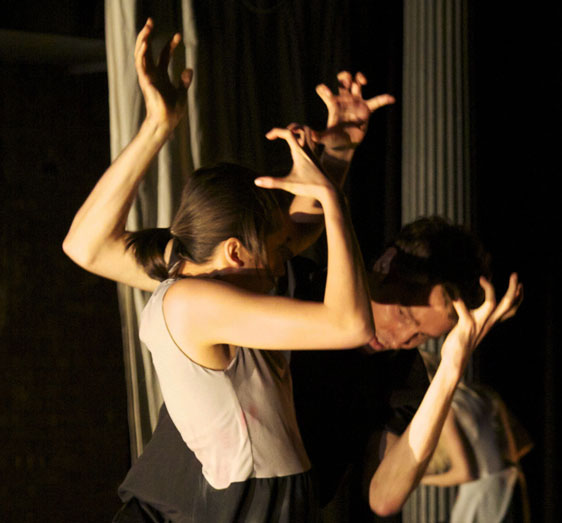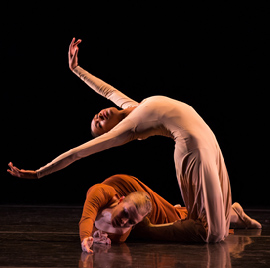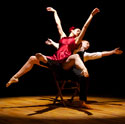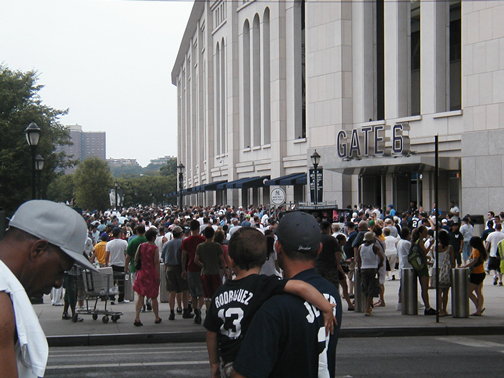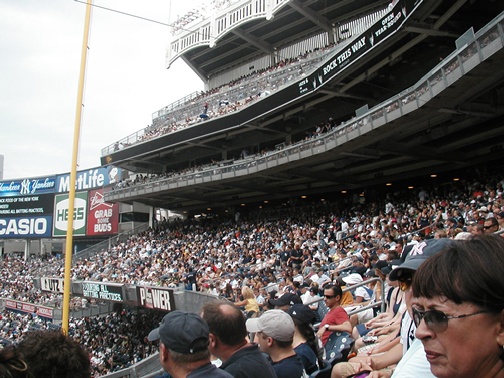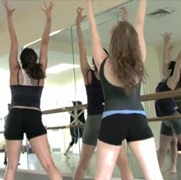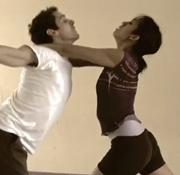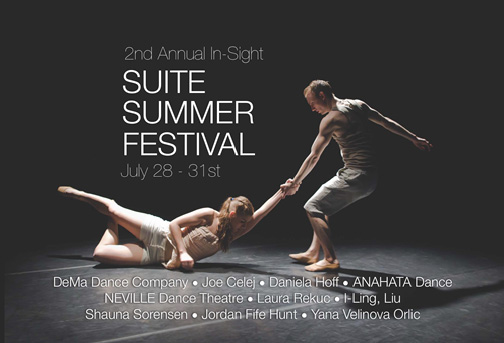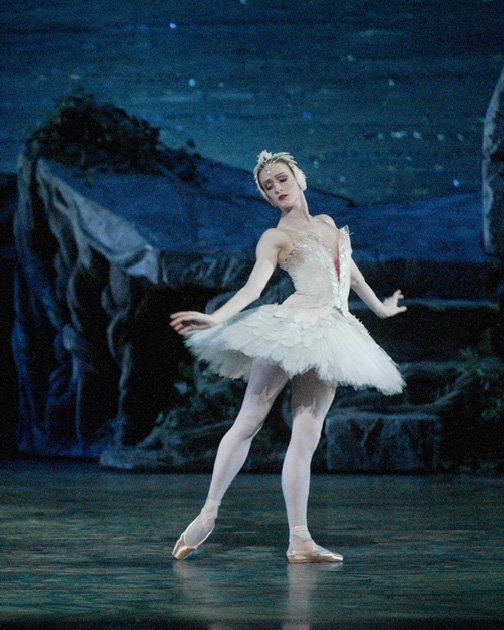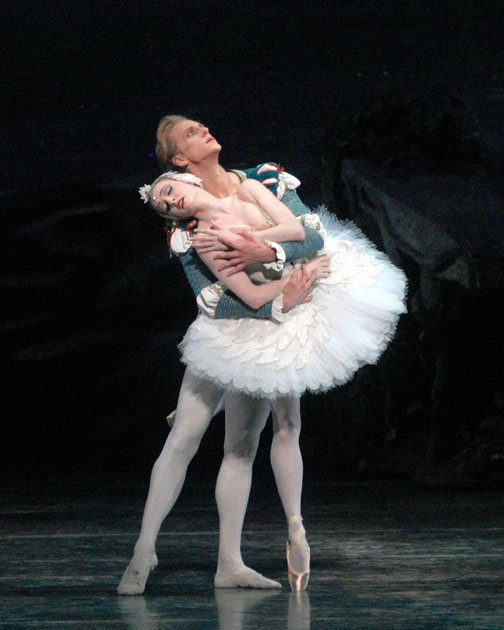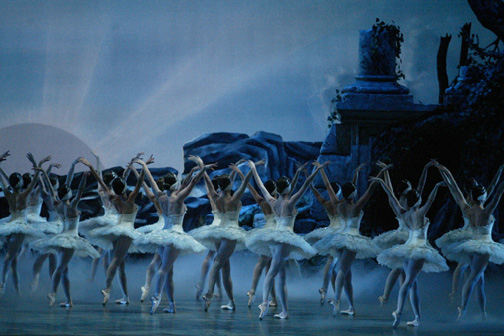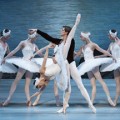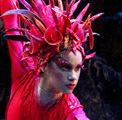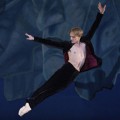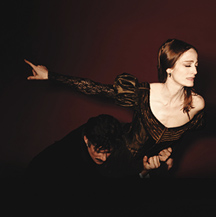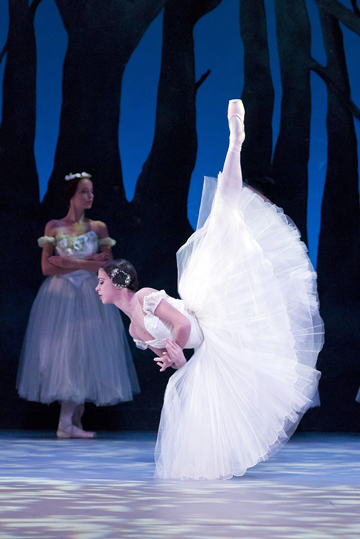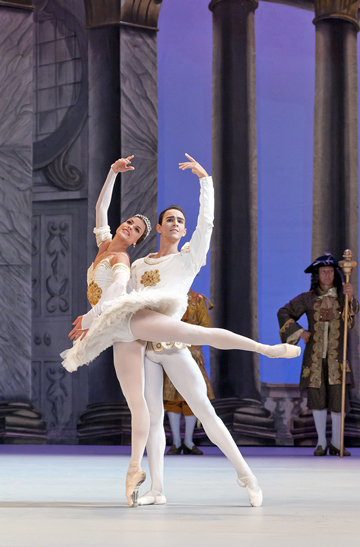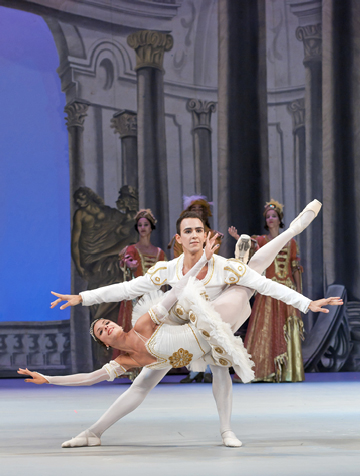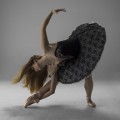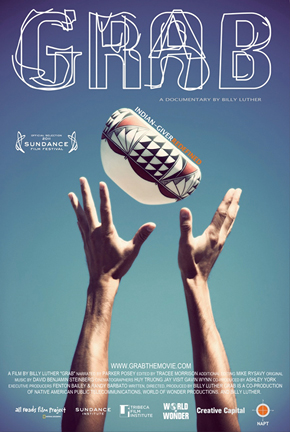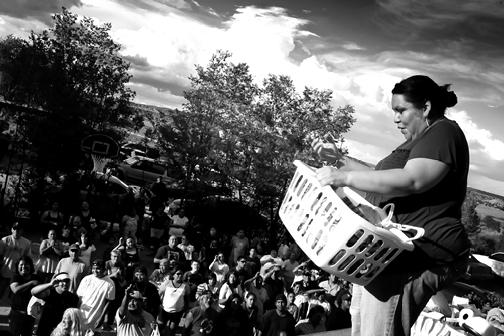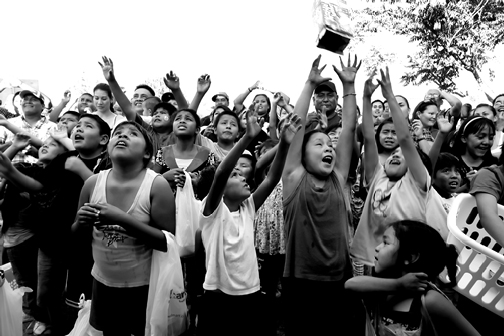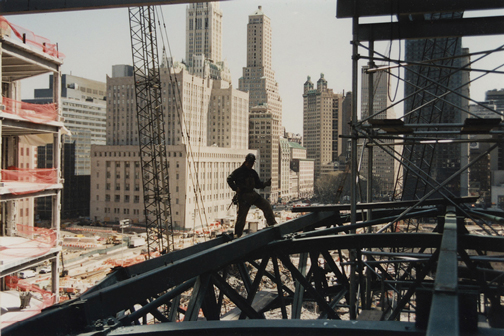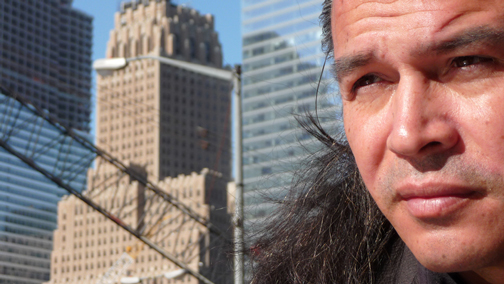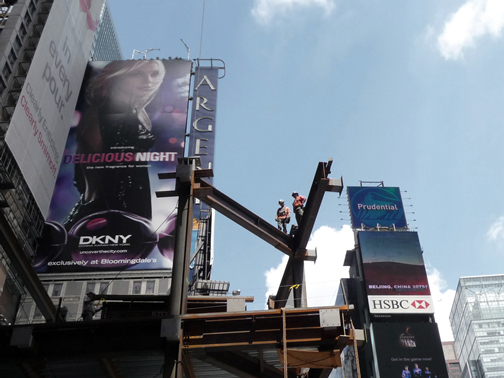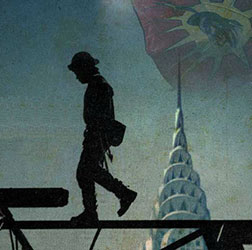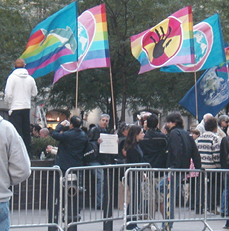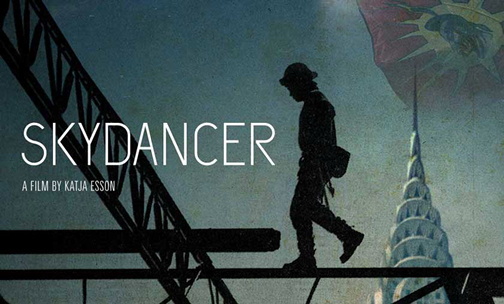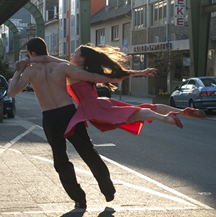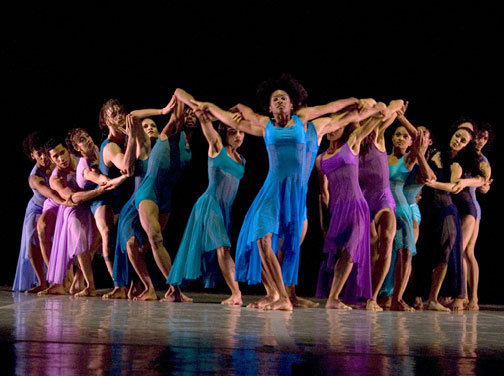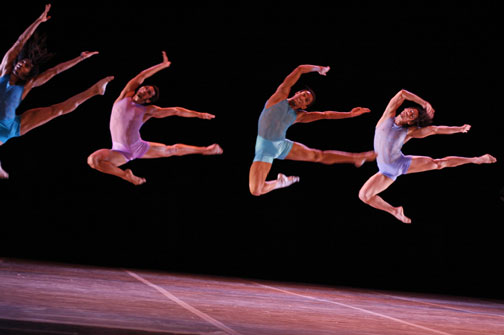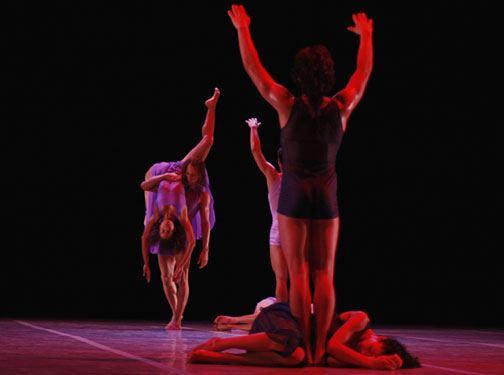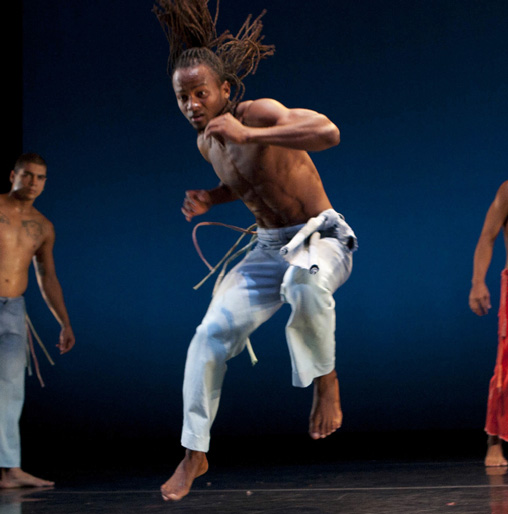Sunday was the last day of the Suite Summer Festival presented by Leeanne G-Bowley and the In-Sight Dance Company. I saw the program twice and I was really touched by the dedication of the young dancers and choreographers on the bill.
It was so exciting for me to see the DeMa Dance Company perform Yesid Lopez’s Bolero Stravaganza. I saw this dance when it was a work in progress and when it was being previewed at APAP. I’d been deeply moved by the piece from the very beginning, but this weekend the company’s performance and the reworked choreography reached a whole new level of emotion and beauty. The dancers each gave everything they had, and the tension and passion of the piece kept building to a heartbreaking crescendo. The dance, which is based on Picasso’s Guernica, focuses not only on the horrors of war, but especially on the humanity and spirit of its victims and survivors. It’s those moments of the dance where humanity and spirit take hold that affect me the most.
The In-Sight Dance Company had several pieces on the program in a variety of styles including contemporary ballet, jazz, Latin and modern. Their dancers are a charming group and their work is very accessible. Based upon the audience response, it was clear to see that they’re well loved and that they’ve brought something special and unique to their community. They hit their stride in their closing number, Hangman, with music by Ian Axel, a lively light hearted take on a break up, that had the audience clapping along, which seemed to spur the dancers on. It was also exciting to see Hsing-Hua Wang appearing with them as a guest artist. I’d recently seen her dancing the lead role in Jennifer Muller’s The White Room.
I’d seen Joe Celej perform with the Elisa Monte Company and I especially enjoyed seeing him dance in a piece he choreographed, a duet titled What More? with music by Sam Beam. He and partner Mariana Doyle, both dressed in white, reminded me of the whitecaps at the top of waves, as they rolled over each another. At one point, Doyle lifts herself on to Celej’s legs and serves as an anchor as he bends backwards at an impossible angle, bobbing as if he was riding on an ocean of emotion. The whole piece was just absolutely lovely, and I felt that it had a great summer time atmosphere.
I was also very moved by Daniela Hoff‘s Solo for Two, with its its haunting strings against an I.F. Stone narrative about how we, as human beings in American society, still don’t seem to “get it” at the most basic level — to understand that we are all part of one family. The concept alone was enough to get me choked up. The choreography and the performances of dancers Lia Bonfilio and Suzanne Thomas, was so highly focused and intense — they really challenged the audience to pay attention to this crucial thought. Their movement absolutely personified the message and was so effective on a visceral level.
Each artist who performed brought something compelling to the table and it was great to have the opportunity to sample the variety of dances and companies all on one bill.
The video above, created by Yesid Lopez, shows the DeMa Dance Company rehearsing Bolero Stravaganza.


